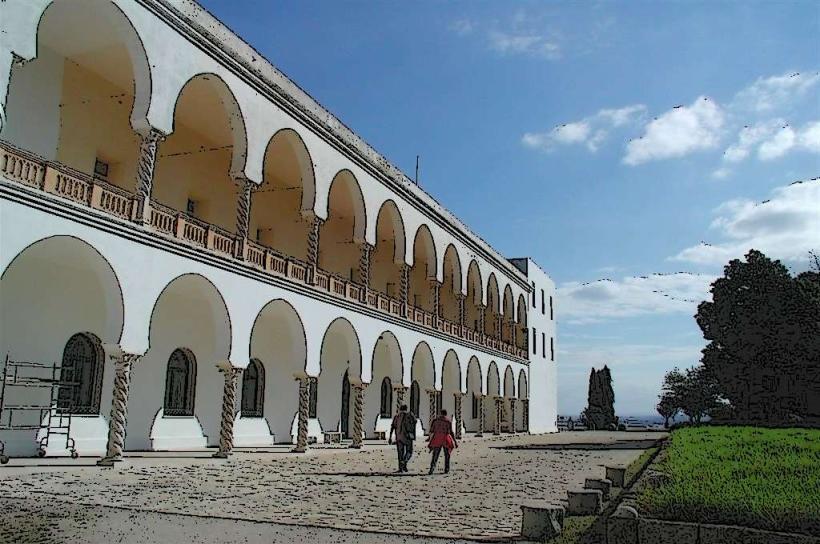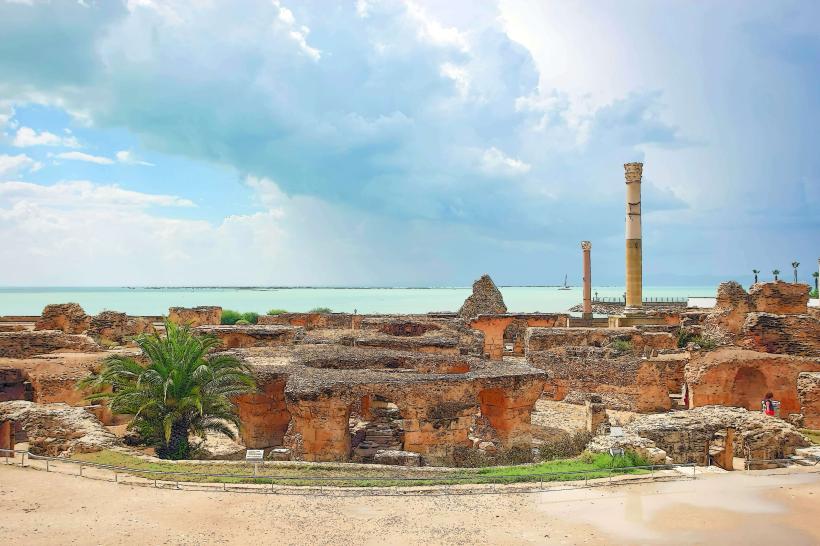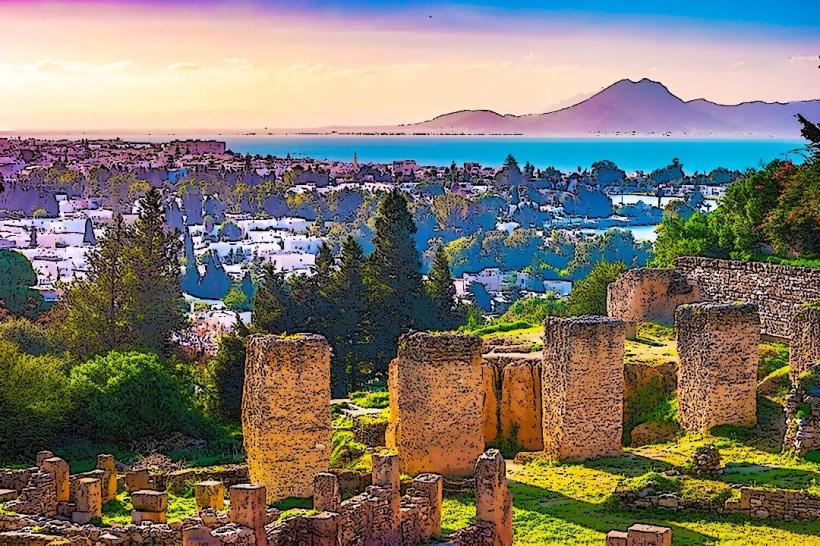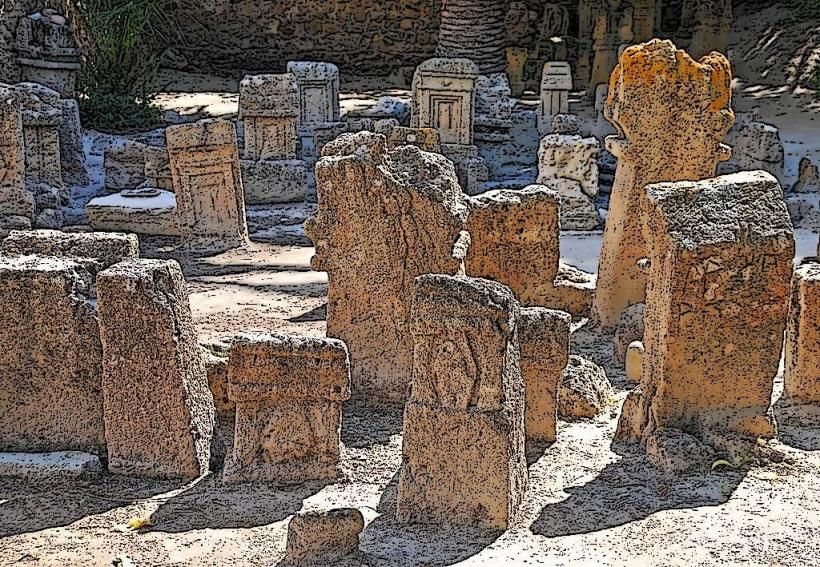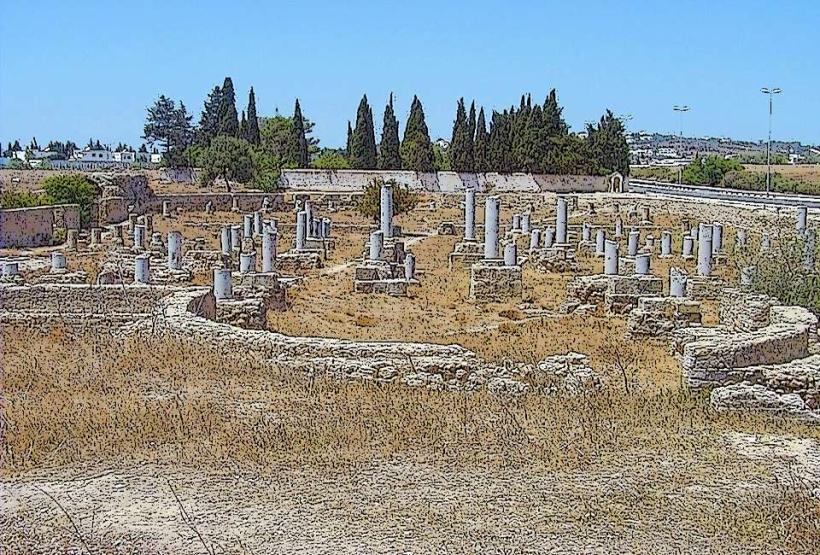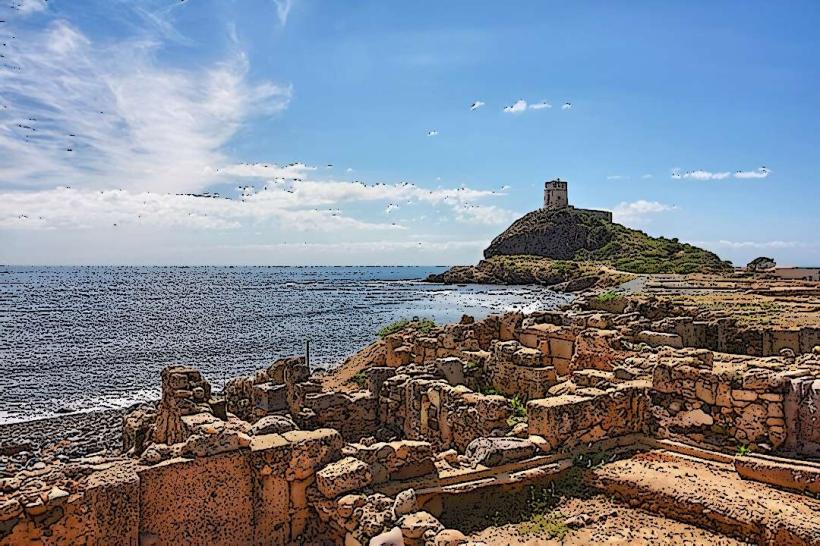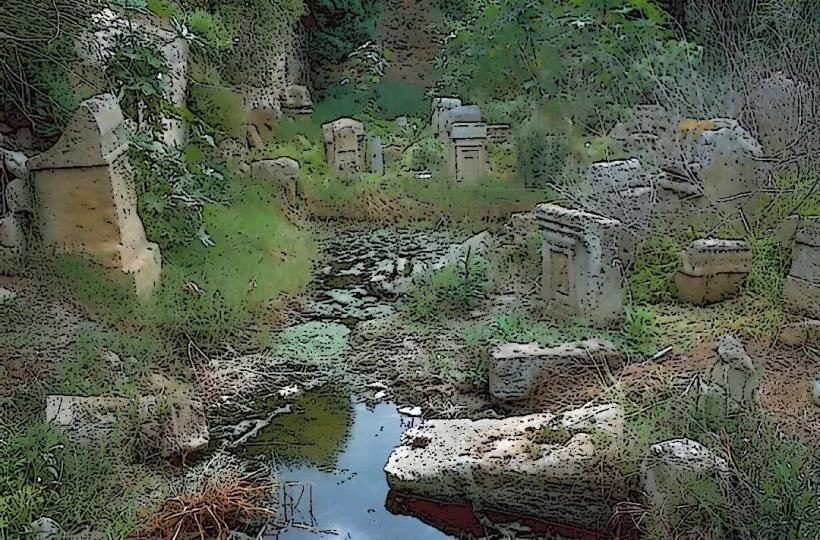Information
Landmark: Punic PortsCity: Carthage
Country: Tunisia
Continent: Africa
Punic Ports, Carthage, Tunisia, Africa
Overview
The Punic Ports of Carthage stood as some of the most astonishing feats of ancient maritime engineering, their stone quays echoing with the creak of ships and the slap of waves, along with they played a key role in driving Carthage’s rise as a naval and trading powerhouse in the Mediterranean, steering sleek warships and bustling merchant vessels across its blue waters during the first millennium BCE.These bustling ports showcased the Carthaginians’ sharp eye for city design, their knack for thriving commerce, and their mastery of the sea, where the scent of tar and salt lingered in the air, alternatively here’s the gist: the Punic Ports had two linked harbors-one for merchants, bustling with goods and voices, and another for warships, poised for action.Working together, they let Carthage dominate trade routes, run commerce smoothly, and keep a navy ready to sail at a moment’s notice, to boot commercial Harbor’s structure and layout made it the bigger of the two, its shape stretching out in a broad rectangle or tapering slightly like a trapezoid.In a way, It handled civilian work-hauling crates off ships, patching up merchant hulls, and keeping the flow of sea trade running, simultaneously warehouses crowded the harbor’s edge, holding grain, wine, olive oil, metals, textiles, and rare luxuries-barrels and crates waiting to ship out or newly unloaded from far-off ports.Merchants bargained over crates of spices while sailors shouted across the deck, dockworkers hauled ropes slick with seawater, and administrators scribbled notes-all part of the steady rhythm of an ancient trade empire, then military Harbor: Linked to the busy commercial port by a narrow channel, the military harbor formed an almost perfect circle-an uncommon and remarkably advanced design for its era.Dockyards and long, low ship sheds ringed the circular harbor, enough to shelter roughly 170 warships, their hulls rocking gently in the water, consequently at the heart of the military harbor rose a round island, fitted with extra docks, busy repair bays, and what might have been the admiral’s own headquarters, occasionally Every dockyard sat under a broad roof, shielding the ships from harsh sun and sudden rain, so the navy stayed ready for anything, consequently the military kept tight control over the harbor, and in wartime they could slam its gates shut, sealing the fleet behind walls of steel.The man‑made harbors, their stone piers jutting into the sea, revealed the Carthaginians’ remarkable skill in hydraulic engineering, not only that the Carthaginians reshaped the shore, dredging the shallows and raising huge stone quays, man‑made islands, and breakwaters that stood like walls against crashing waves and hostile fleets, generally As far as I can tell, Workers built narrow water channels to keep the flow moving and stop the surface from turning still and murky, as well as the military harbor’s round shape packed in more space for storage and upkeep, and it let ships slip out to sea in minutes.The Punic ports gave Carthage a grip on Mediterranean trade, their bustling harbors sending ships packed with goods across the sea, what’s more carthaginian merchants sailed their goods west to Iberia, where olive groves lined the hills, and east to the bustling markets of the Levant.Carthage commanded one of the largest, most fearsome fleets in the ancient world, its oars churning the sea like a hundred beating hearts, while at the military port, crews could repair, service, and send ships back to sea in record time-sometimes while the scent of fresh paint still lingered on the hull.Defense: Hidden behind towering walls and thick gates, the military harbor kept its secrets, making it nearly impossible for enemies to judge the Carthaginian fleet’s strength or readiness, subsequently during the Punic Wars with Rome (264–146 BCE), Carthage’s bustling harbors kept fleets stocked and ready, sending ships and soldiers across the glittering sweep of the Mediterranean.Actually, After a long, brutal siege of Carthage in the Third Punic War, the Romans finally seized its ports, where the smell of salt and smoke hung in the air, equally important in 146 BCE, fresh from their victory, the Romans tore down Carthage’s military strongholds, and its busy ports soon lay silent under drifting sand.The ancient harbors, once slowly buried under silt and seawater, have yielded impressive stretches of stone and timber as modern digs cut through layers laid down over centuries, likewise you can still spot the circular outline of the vintage military harbor just outside La Goulette (Halq al-Wadi), not far from Tunis, where the stone edges catch the midday sun, under certain circumstances They’ve uncovered the quay foundations, pieces of the man‑made island, and even parts of the vintage ship sheds, their timbers still dusky with sea stain, subsequently you can behold only traces of its former grandeur, yet the shape remains clear-like the curve of a stone pier-still revealing the design of one of the ancient world’s greatest naval bases.The Punic Ports stand as vivid proof of Carthage’s brilliance and bold ambition, their curved stone docks once brimming with trade ships and the scent of salt on the air, along with they capture the city’s split character-part bustling marketplace with gold coins clinking in crowded stalls, part formidable fortress bristling with steel, to some extent Standing on the docks, you can almost behold how Carthage fused trade and military might, rising to challenge Rome as its fiercest rival, simultaneously fragments that still stand, paired with vivid accounts from Roman historians like Appian, let us glimpse the scale of Carthaginian engineering-even if the shimmering bustle of the Punic Ports has faded into history.
Author: Tourist Landmarks
Date: 2025-09-27

